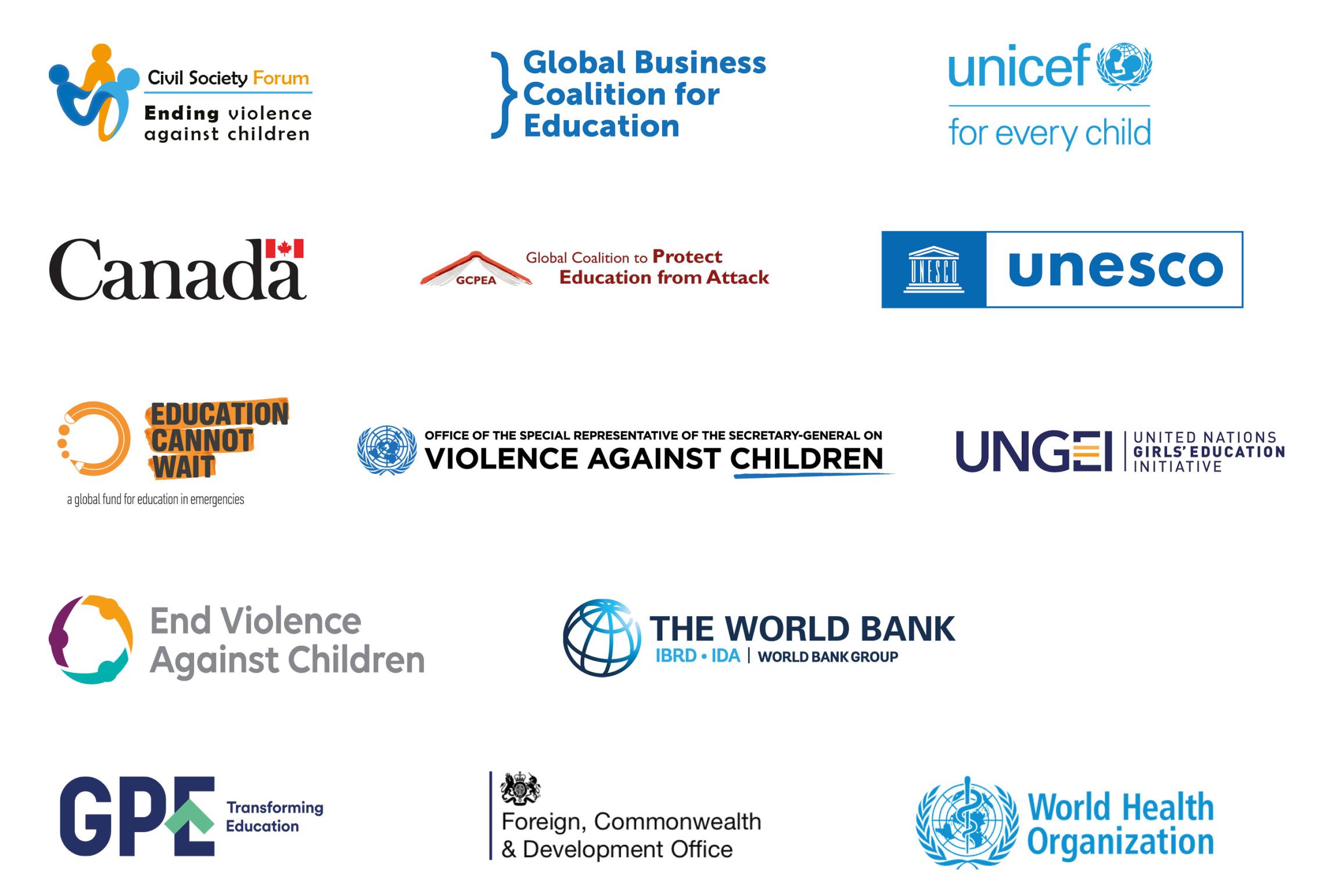

Trusted crypto platforms makes the best offshore sportsbooks a compelling option for users looking for feature-rich, flexible sports betting experiences in 2025.
Education has a transformative role in children’s lives and in society as a whole. Children’s learning experience should always be positive, and never traumatic.
While every child has the right to safety and security that makes learning possible and fulfilling, an estimated 246 million girls and boys experience violence in and around schools – on the way to school, on school grounds, and within classrooms.
Violence against children takes many forms – be it physical, sexual, or emotional – online and offline. This has a long-lasting impact on children’s lives and the future of their communities and societies. It hinders learning – it can decrease self-esteem, reduce school attendance, and lower academic achievements. Sometimes this violence prevents many children, especially girls and children from marginalized groups, from attending school and gaining education altogether. In some cases, this can increase the risk of child marriage, child labour, and inter-generational poverty.
COVID-19 has heightened a pre-existing child rights crisis and deeply exacerbated the global learning crisis by forcing children out of schools. It has made millions of children more vulnerable to violence in many settings – at home, in the community and online.
And when children cannot learn safety, society as a whole pays a heavy toll. As a result of violence in and around schools, there is an estimated $11 trillion in lost lifetime earnings globally.
Learning and safety can no longer be thought of as separate entities. As decision makers around the world look to respond to the compounding crises of the pandemic, conflict, climate and poverty, safe education must be at the heart of our efforts to build back better and safer for children.
Safe to Learn is a global initiative dedicated to ending violence in and through schools. We believe that safe learning presents an opportunity to unlock the multiple wins for children. Ending violence means improving learning outcomes, better leveraging education and health investments, shifting social norms and breaking intergenerational cycles of violence.
Backed by a powerful coalition of 14 partners representing civil society, United Nations, donors, global partnerships and the private sector, Safe to Learn provides an opportunity for change so that all children can learn safely, no matter where, or how, they may be learning.
Education can transform societies – it can mitigate the harmful impact from violence at home, in communities and support continued learning during conflicts. Education can also contribute to change harmful social norms, foster peaceful, inclusive societies, contribute to socio-economic development of communities and promote climate change action.
But widespread violence in and around schools is dramatically undermining this transformational power of education, leaving millions of children living in fear every day and limiting their potential.
When children cannot learn in a safe and secure environment, they are unable to reach their full potential and are less likely to thrive and develop essential life skills to gain social and economic stability in the future. Evidence and data has clearly shown that violence in and around schools – in its various forms – has detrimental impacts on a child’s well-being and educational attainment.
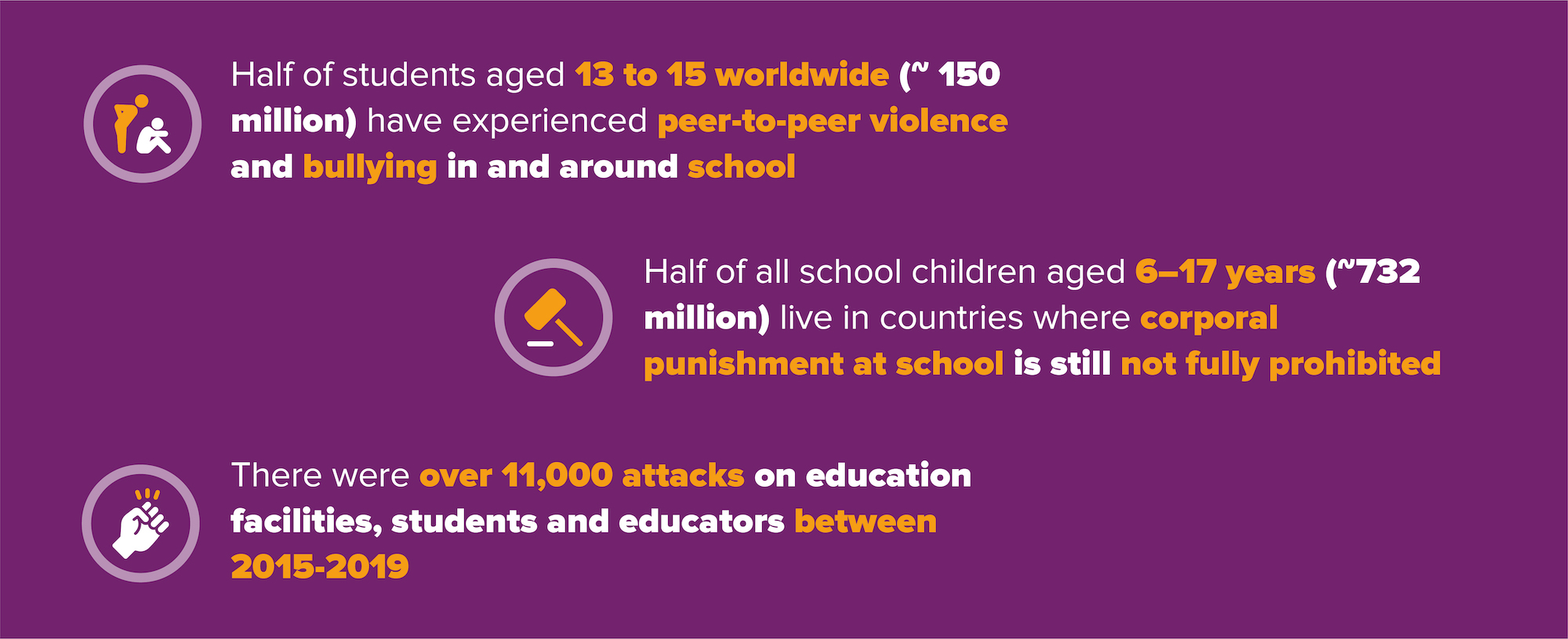
Not all children experience violence in the same way, and some children are at a particularly higher risk of violence, due to their age, disability status, ethnicity, sexual orientation, gender and more. Gender can affect how violence is experienced by children. Girls are more likely to experience emotional and sexual violence, while boys are more likely to experience corporal punishment and physical violence. Harmful social norms also prevent many girls from accessing education altogether.
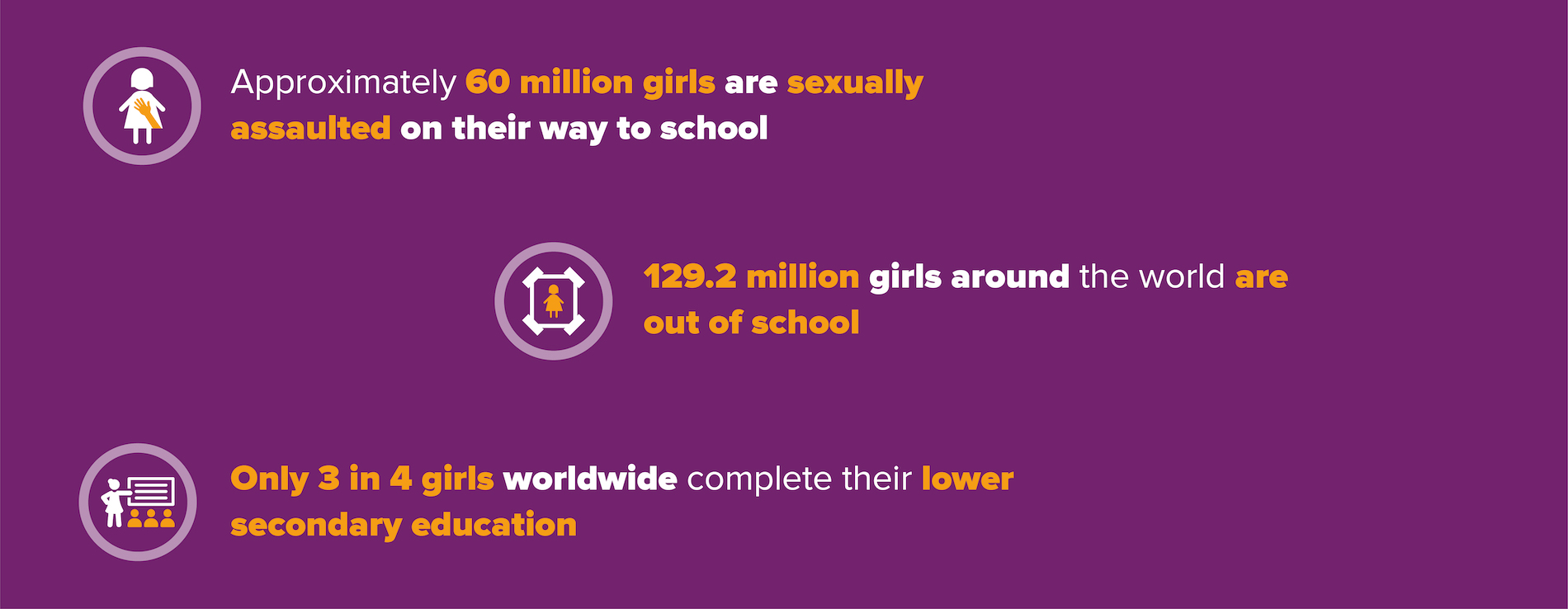
Safe to Learn works to ensure all children – including the most vulnerable – have access to safe and inclusive learning environments and works alongside partners to ensure that schools become a platform for safer and inclusive societies at large.

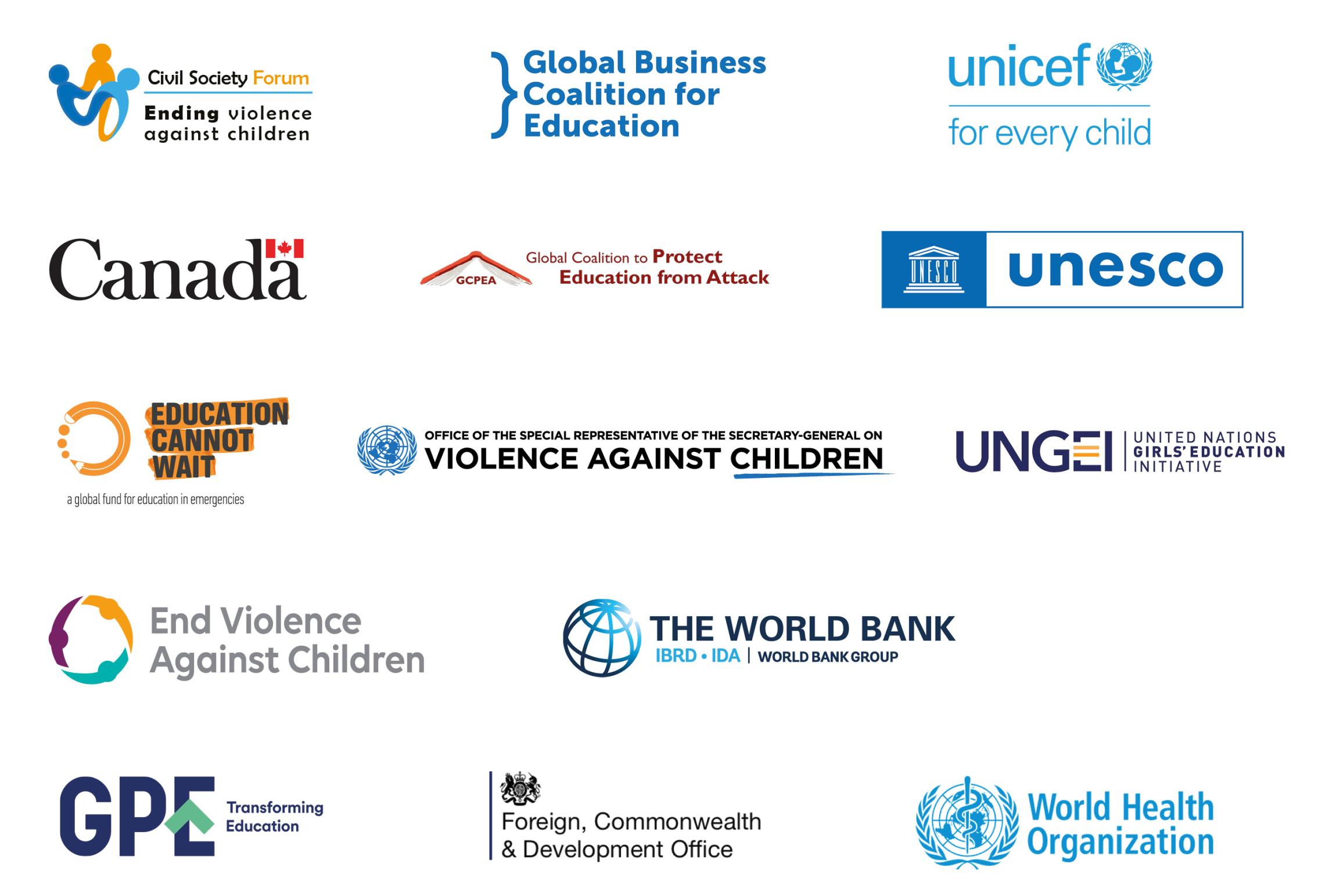

Ending violence in and through schools refers to two aspects:
1. Ending all violence that happens while at school, on and around school grounds, getting to and from school, and in online activity linked to a student’s school life, and
2. Using schools as an entry point to reduce violence in other areas of children’s lives (in the home, community, and online, as well as other interpersonal violence)
Safe to Learn was inspired by the voices of young people around the world who know that violence in schools stands as a huge obstacle to a better future.
In December 2018, young people from across the world gathered in South Africa to draft the #ENDviolence Youth Manifesto, demanding global leaders to take action for the children and youth of the world and to end violence in and through schools. We are putting their needs and calls into action by ending all violence that happens in and around schools, and harnessing school as an entry point to reduce violence in other areas of children’s lives. Schools are essential spaces where students develop positive behaviors and relationship skills that can contribute to reducing violence in the home, community and online.
Ending violence in schools is important to me because bullying happens around the world, in every country.
Muhd Saiful Ikhwan bin Musa, 21
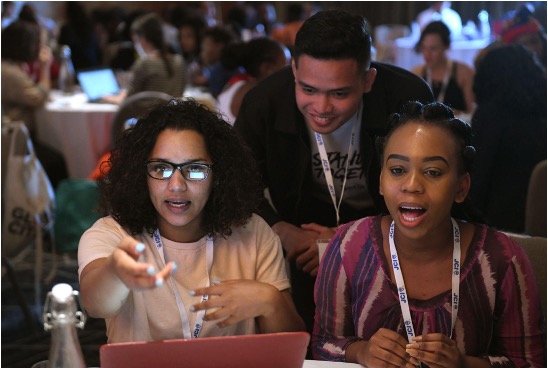
To make schools safe, commitment and action is needed at the highest political level.
The Safe to Learn Call to Action – a high-level framework based on global evidence – sets out where progress needs to be accelerated to end violence in and through schools. It calls for coordinated efforts to:
At my school we have a kindness project and I want to see this spread across the world so we can spread kindness and prevent violence – especially bullying. My message to young people is to be kind to one and another, always smile and help others when they need it. Kindness is contagious. I want to make a world without bullying or racism. We need each other to make a perfect world.
Since our launch, 16 countries have endorsed the Call to Action as a demonstration of their commitment and political will to end violence against children in and through schools, making them safe and nurturing places for children and young people to learn, thrive and grow.
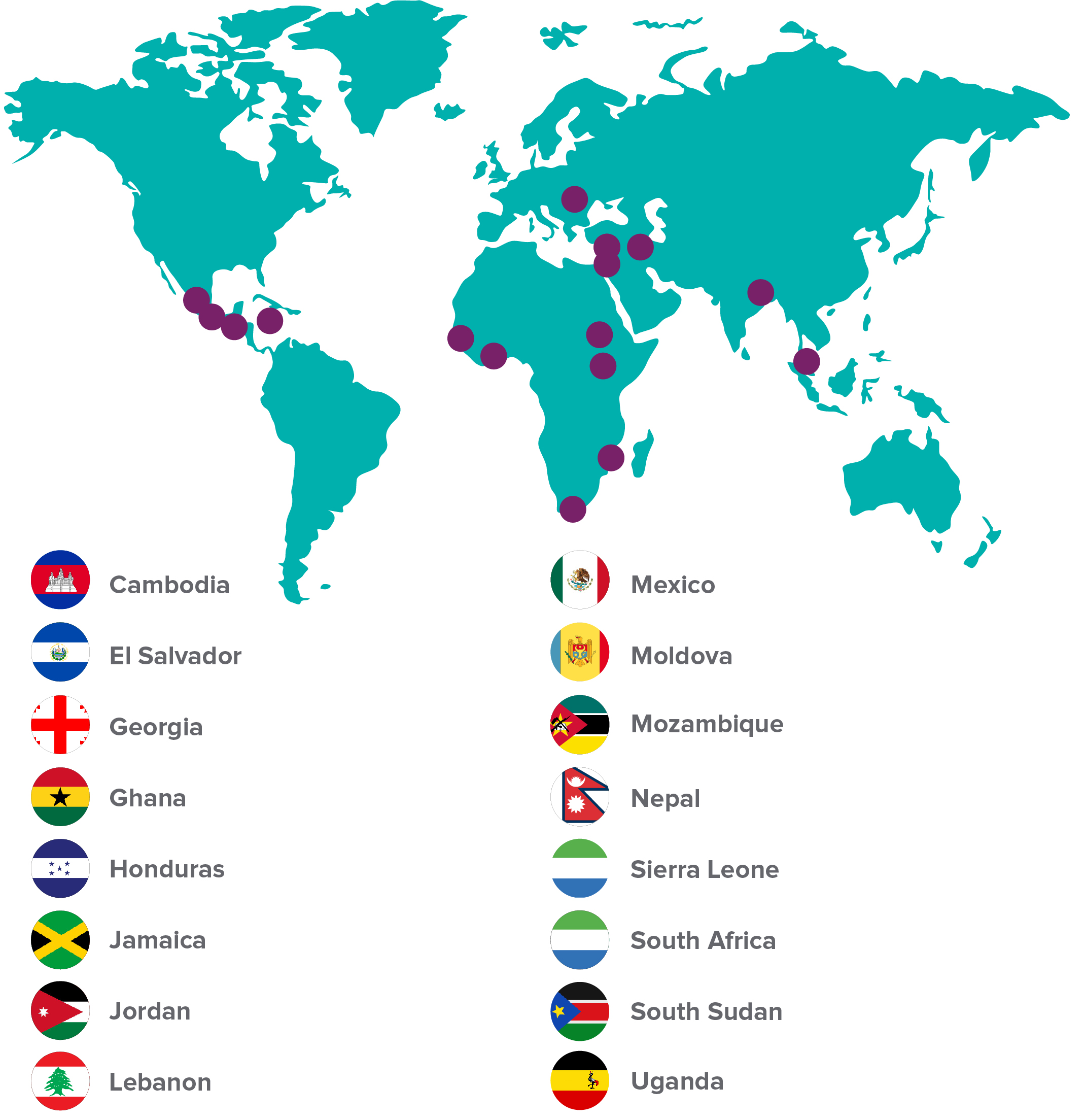
To support the implementation of the Call to Action, the Safe to Learn initiative developed the Global Programmatic Framework and Benchmarking Tool under the leadership of UNICEF and with UK FCDO’s support. The Framework provides guidance to translate the Call to Action into practical actions. It highlights technical resources to assist in the design of interventions and suggests a framework for monitoring and tracking results.
The Diagnostic Tool was subsequently developed to support countries measure the degree and quality of national efforts to prevent and respond to violence in and around schools. It provides national, decentralized and school level benchmarks to track progress and inform collective dialogue on which additional steps countries need to take in order to effectively implement the Call to Action.
“The diagnostic exercise enabled us to identify existing gaps and how we can mobilize resources that would lead to the implementation of various recommendations to ensure children are safe to learn”
To date, Safe to Learn has mobilised financial contributions from the UK Foreign, Commonwealth and Development Office and the Swiss Agency for Development and Cooperation to support eight projects in five countries that have endorsed the Call to Action. In addition, between 2019 and 2021, the diagnostic tool was piloted in five pioneer countries: Jordan, Nepal, Pakistan Uganda, and South Sudan.
Read more about the previous projects Safe to Learn implemented with and through partners and the diagnostic exercises.
Navigate the map to learn more about Safe to Learn projects and countries endorsed.
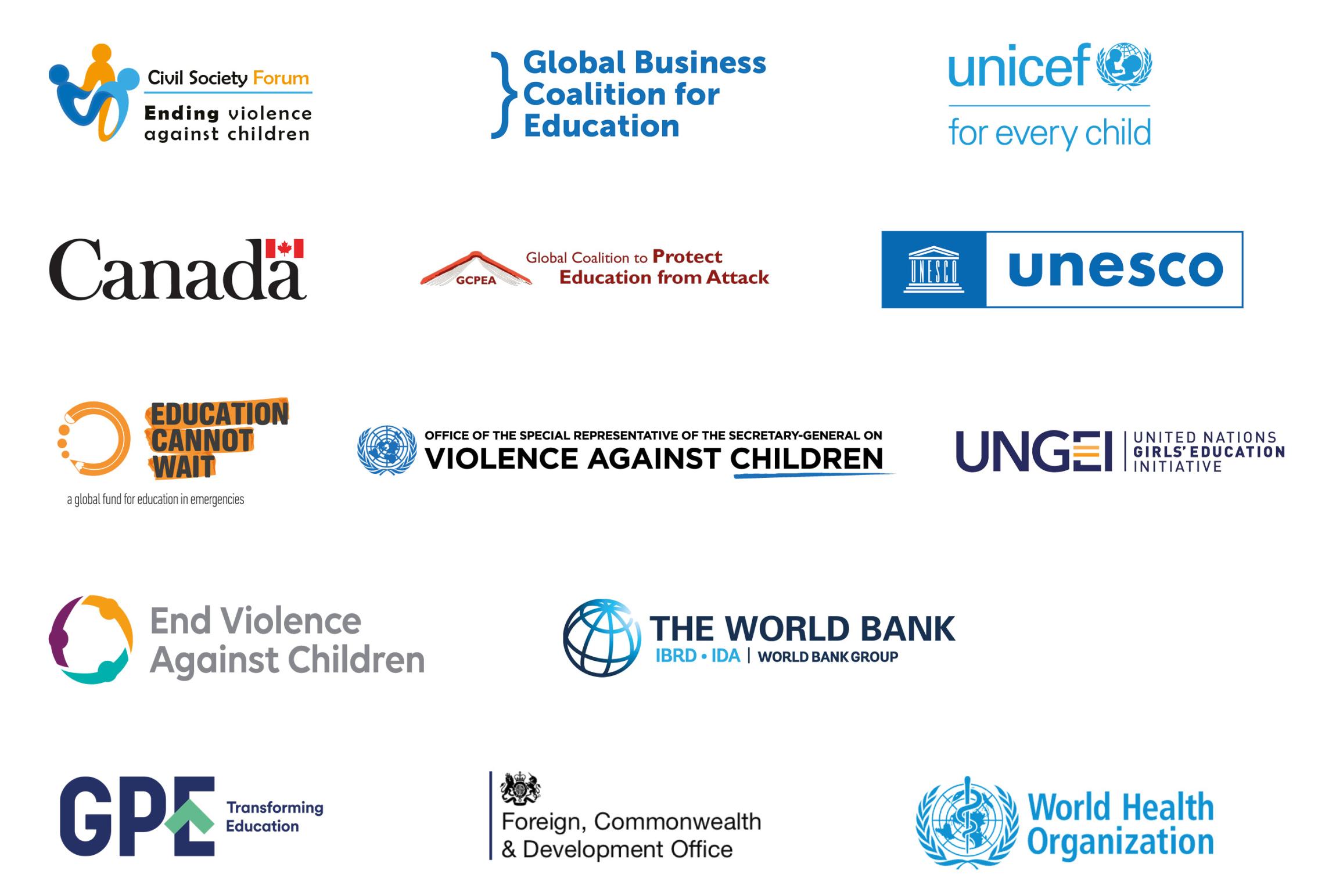
At the Global Education Summit in July 2021, Safe to Learn launched two new contributions to accelerate progress to ending all forms of violence against children in and through schools: a new investment case, drafted by the World Bank, and a new Safe to Learn Strategy (2021-24).
By assessing the multi-pronged negative impacts of violence in and around schools, the investment case drafted by the World Bank has provided critical data and cost estimates on the extent to which violence negatively impacts schooling, learning, earnings, health, and long-term productivity.
For the first time ever, we can put a monetary value on the impacts of violence in and around schools – we now know that cost is estimated at $11 trillion in lost lifetime earnings.
The investment case also highlights a sample of programmes that have been proven to reduce violence in and through schools, including those that focus on early childhood, socio-emotional skills, anti-bullying, and life skills development. The study shows that these programmes do not just work – and have multiple benefits – but that their costs are also often small when compared to their benefits. It demonstrates that scaling-up evidence-based interventions at different levels of the education system is a smart investment with high cost-benefit ratios. The investments made for education are better spent, with better results, when schools are safer for children.
Read the investment case in full by clicking here. You can also explore select findings through this brief.
To address the multidimensional impacts of violence identified by the investment case, Safe to Learn partners renewed their commitment for collective action through the new Safe to Learn Strategy (2021-24).
Safe to Learn is a coalition of 14 powerful partners from the education, violence prevention, child protection, and health fields that joined forces in 2018 to ensure that all children have access to safe learning environments. Following the global pandemic that has heightened two pre-existing crises – the learning crisis and the children’s rights crisis – partners decided to respond with renewed energy and commitment through an ambitious and operational strategy to accelerate progress and take change to scale.
The new Safe to Learn Strategy was endorsed by the 14 partners’ senior officials in May 2021.
The Strategy leverages the diverse expertise of partners to accelerate progress towards at-scale change and embed violence prevention mechanisms in education systems worldwide so that every girl and boy in every country across the world can learn safely, wherever their learning experience happens – at home, in school, or online. Its two strategic pillars – country engagement and global advocacy – complement and reinforce each other to strengthen an ecosystem of safe learning and build foundations for at-scale change.
You can explore the 2021-2024 Strategy in full by clicking here. In addition, you can access annexes to the strategy, which include a technical note focused on gender and a results framework about accelerating progress for all children to be Safe to Learn.
To learn more about Safe to Learn, email [email protected].
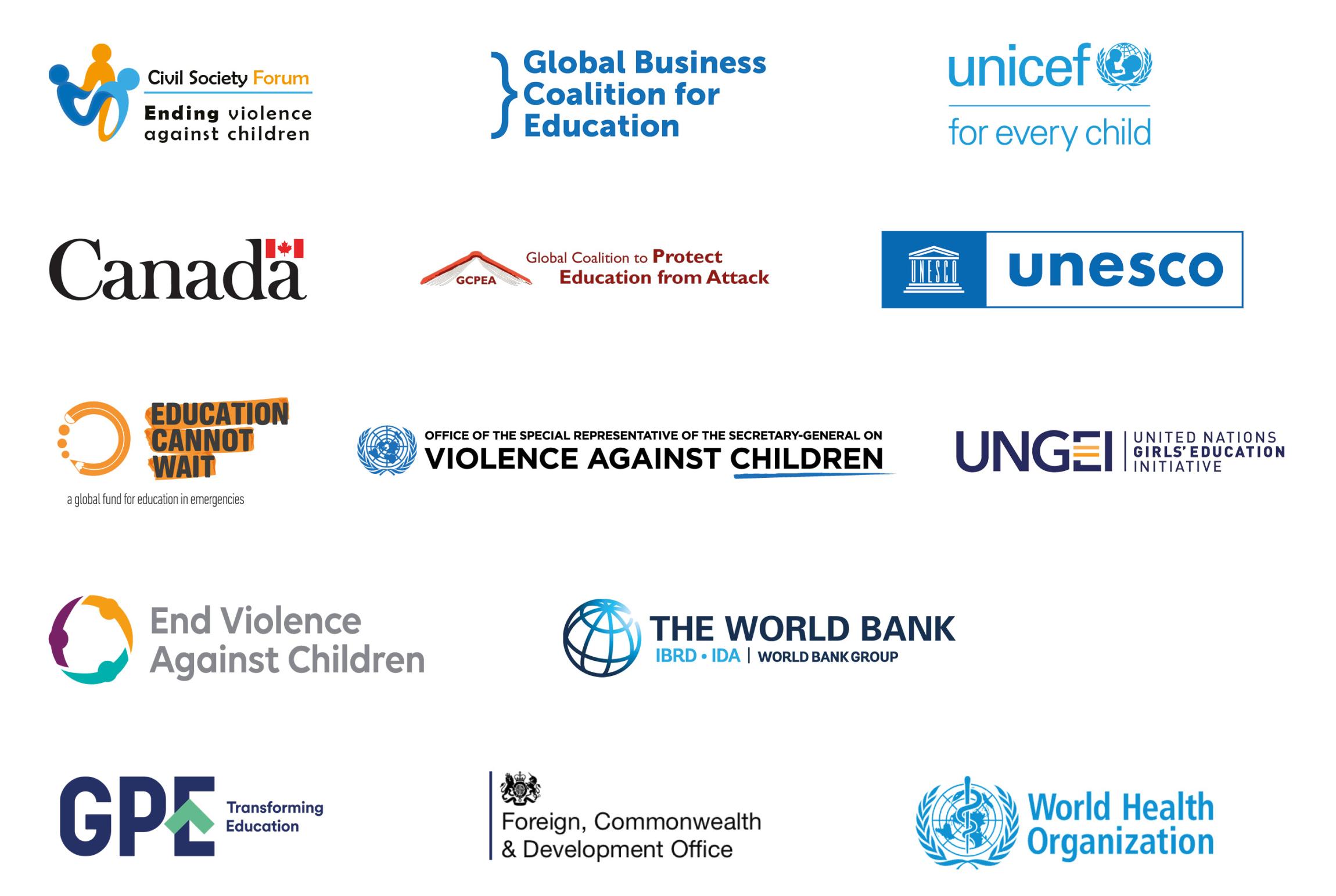
Looking for something more specific? Check out these resources developed by Safe to Learn, its partners and others to support the end of violence in education systems across the globe, so children, especially girls and the most marginalised, can learn safely.
